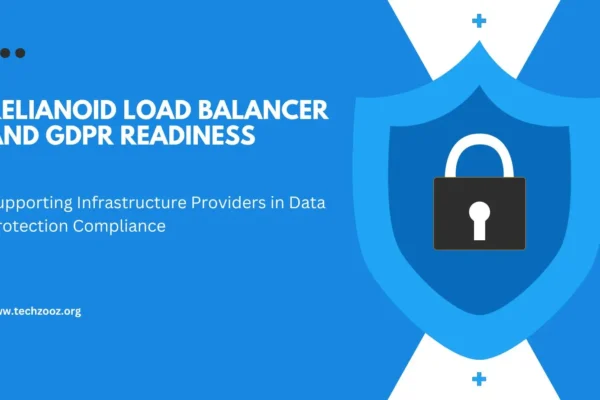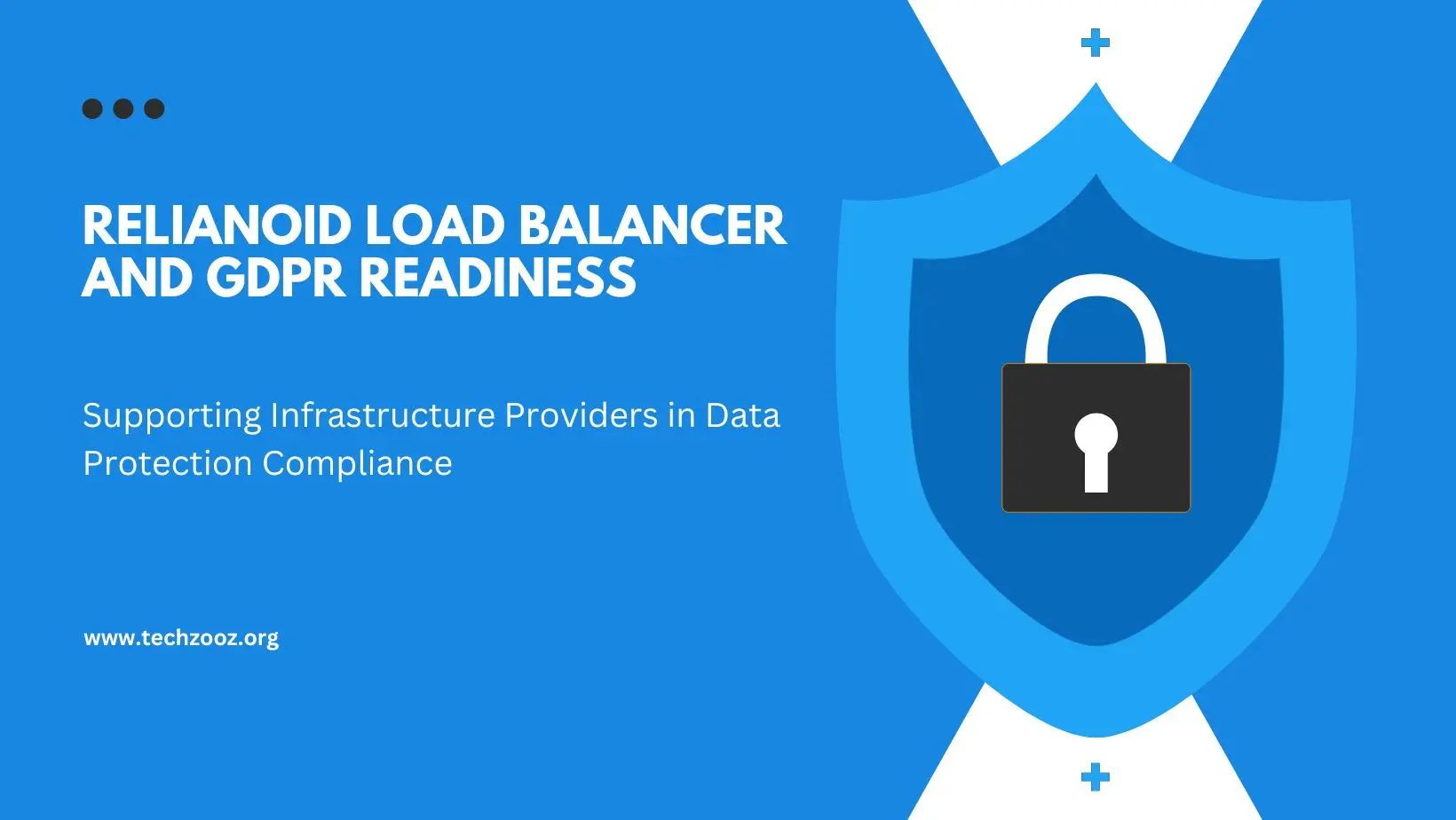
What is Cloud Computing? Everything you need to know about the Cloud
In short, cloud computing is the distribution over the Internet (“the cloud”) of information facilities, including servers, storage, databases, networking, applications, analytics, and knowledge, to provide faster growth, versatile infrastructure, and economies of scale. Usually, you just pay for the cloud software that you need, helping to lower your running expenses, operate your systems more effectively, and scale up as your company needs to expand.

What is Cloud Computing and how does it work?
A basic description of cloud computing includes the distribution over the Internet of multiple types of services. Anything can be distributed via the cloud, from applications and analytics to reliable and stable data storage and networking infrastructure.
It is somewhat different from storing the information on a laptop hard drive or a USB stick to store the data on OneDrive, SharePoint, or an email server. From just about any device that has Internet connectivity, you can access it.
Cloud computing suggests increased communication and efficiency for organizations, as well as major cost savings. This includes enhancing data security, improving connectivity, and widening access to cutting-edge technology.
Why is it called cloud computing?
A basic idea behind cloud computing is that the position of the application is completely irrelevant to the customer and much of the specifics, such as the hardware or operating system on which it runs. With this in mind, the concept of the cloud was taken from the old modules of the telecommunications network, in which the national telephone network (and later the internet) was often presented as a cloud to suggest that it didn’t matter—it was all a cloud of stuff. This, of course, is an over-simplification; the position of their facilities and data remains a core concern for many consumers.
Uses of cloud computing
- Create cloud-native applications
- Test and build applications
- Analyze data
- Store, back up, and recover data
- Deliver software on demand
- Embed intelligence
- Stream audio and video
Types of cloud services:
- Infrastructure as a service (IaaS)
- Platform as a service (PaaS)
- Software as a service (SaaS)
Top benefits of cloud computing
Cloud computing is a huge improvement from the standard approach corporations thought of IT assets. Here are six different explanations why companies turn to platforms of cloud computing services.
Cost:
Cloud computing removes the fixed cost of purchasing servers and applications and building up and operating on-site datacenters, computer towers, power and cooling round-the-clock energy, infrastructure maintenance IT experts. It’s adding up quickly.
Speed:
Self-service and on-demand are provided by most cloud computing services, but even huge volumes of computing resources can be provided in minutes, usually in only a few mouse clicks, allowing organizations a lot of flexibility and taking the burden off capacity management.
Performance:
The worldwide network of secured datacenters runs the main cloud computing services, which are constantly updated to the new generation of fast and reliable hardware and software. This provides many advantages, including decreased processing time for apps and larger economies of scale, over a single corporate datacenter.
Reliability:
Cloud computing makes it faster and less costly for data backup, disaster recovery, and business continuity because data can be reused on the network of the cloud service at multiple overlapping servers.
Security:
A wide range of policies, tools, and controls are provided by many cloud services that reinforce your security status, helping to protect your files, applications, and infrastructure from future threats.
Global Scale:
Cloud computing platforms’ advantages include the ability to scale elastically. This involves having the right amount of IT services in the cloud, such as more or less processing capacity, storage, and bandwidth, right where needed and from the right geographic location, for example.
Types of Cloud Computing
Cloud services can be delivered in three separate ways: on a public cloud, a private cloud, or a hybrid cloud.
Public Cloud:
Public clouds are owned and operated by providers of third-party cloud services that deliver their computing resources over the Internet, such as servers and storage. An example of a public cloud is Microsoft Azure. With a public cloud, the cloud provider owns and manages all hardware, software, and other supporting infrastructure. You access these services and use a web browser to manage your account.
Hybrid Cloud:
Hybrid clouds merge public and private clouds, connected by infrastructure that enables the exchange of data and software between them. A hybrid cloud allows the organization more stability, more implementation opportunities and helps to simplify the current technology, safety and security by allowing data and software to migrate between private and public clouds.
Private Cloud:
A private cloud leads to infrastructure for cloud storage used solely by a particular entity or agency. A private cloud on the company’s on-site datacenter can be physically located. Any enterprises often pay third-party service providers for their private cloud hosting. A private cloud is one in which, on a private network, the services and infrastructure are managed.
The Future of Cloud:
75 percent of existing non-cloud applications will switch to the cloud over the next three years. The computing world of today reveals enterprises not only supporting the cloud but having more than one data center. And today, for many, the cloud path has only just started, moving as a platform to create greater market value above low-end networks.

Only the future will prove how specific these assumptions are, but you can be sure of one thing: the cloud is here to remain. The future is shifting, and it’s almost difficult to predict exactly what insane new ideas are going to rule the globe in the next five years.









